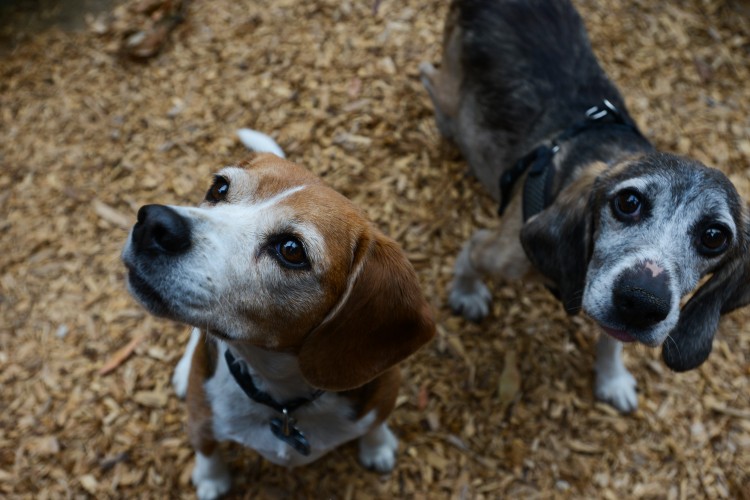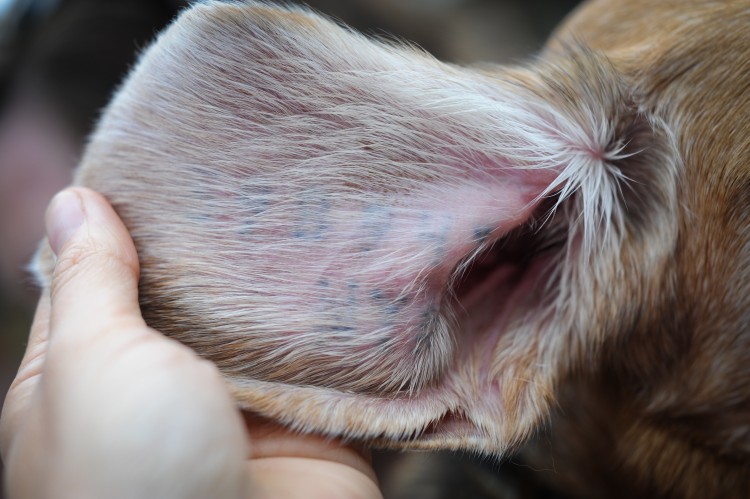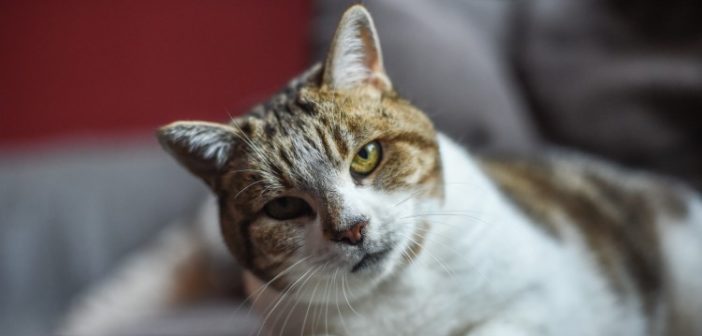Fortunately, there’s been a trend in recent years towards putting more thought and attention into the ingredients and nutrition in pet food. This likely stems from a rising interest in both human nutrition and animal welfare. People want their animals to live long healthy lives, so they’re putting more research and money into making sure they feed them the right foods.
Most people don’t realize that there’s another reason most pet food isn’t good for animals. That’s because the majority of it is tested on animals who are bred to live out their lives in confinement, subjected to sometimes painful experiments. Though this way of testing food is outdated, unnecessary, and would shock most customers, it persists, and few producers have made efforts to use humane alternatives.

In an effort to shine a light on this dark side of the pet food industry, I spoke with Dr. Ernie Ward, Chief Veterinary Officer for the biotech startup Wild Earth, who are working to make humane practices standard in pet food testing.
Dylan Forest: What do these tests typically look like, and how can they be harmful to the animals involved?
Dr. Ward: The majority of the lab dogs and cats are confined in “colonies” and fed a test food or treat for up to six months. Various blood, urine, and fecal tests are performed in most feeding trials.
Perhaps the worst example is an outdated pet food digestibility test known as “gavage.” In the past, to determine how digestible a pet food was, you’d insert a known amount of food into a porous bag, force feed it to the dog or cat, and retrieve it from their stomach at set intervals. You’d weigh the food pouch and the difference was the “digestibility.” A dog could be subjected to these painful tests over and over again for days to weeks as a pet food formulation was adjusted.
Thanks to the efforts of pet food scientists such as Dr. Tim Bowser (PetMech) and others, in vitro digestibility testing (using chemicals and sophisticated analyses to simulate the digestive tract of pets) is quickly becoming the preferred method for progressive pet food companies. Plus, it’s faster and cheaper than the torturous old way or “gavage.”
DF: Where do the animals come from who are used in these experiments, and what conditions are they kept in? What happens to them after the testing is finished?
Dr. Ward: Most of the dogs and cats used in pet food testing are purpose-bred animals. These animals live the majority, if not the entirety, of their lives in confinement. Industry professionals refer to these facilities as “beagle farms” because beagles are the primary dog breed used in testing.

Most “beagle farms” are large, shed-like kennel buildings housing the dogs in concrete-floored fenced areas. There are a few “high-welfare” dog and cat testing facilities that provide limited access to outdoor exercise yards and environmental enrichment such as toys and climbing towers for cats. While I applaud these efforts, the fact remains that tens of thousands of animals are bred solely for the purpose of pet food testing each year.
When a test dog or cat’s usefulness has expired, their fate is largely unknown. Some testing facilities will attempt to adopt out any animal deemed appropriate as a pet, while those too sick or emotionally unstable may be euthanized.
DF: As a veterinarian, what is your professional opinion on how these conditions would likely affect animal well-being?
Dr. Ward: Veterinarians take a solemn oath when they enter the profession. Part of that oath is “the protection of animal health and welfare, the prevention and relief of animal suffering…” To me, breeding animals solely to be used for experimentation creates suffering and does not promote their welfare or health. I have grave concerns that the conditions these dogs and cats are kept in cause tremendous emotional distress. If a pet owner kept a dog or cat in the same conditions as many lab animals, they would likely be accused of criminal animal abuse.
My primary objection is using animals to test pet food when we have technologies and capabilities that not only eliminate the need for “beagle farms,” but potentially improve the testing results. By using a wide variety of breeds in real-life, in-home conditions, pet food scientists and veterinarians can more rigorously evaluate their formulations. Limiting pet food testing to a single breed in closely confined quarters can potentially miss unexpected issues or problems.

DF: Is this type of animal testing happening with all food brands, or only some? Is there any way consumers can find out whether their pet food is humanely tested, and find alternatives if it’s not?
Any pet food with an “AAFCO feeding trial approved” label is using lab animals. The only pet food to use an in-home testing methodology similar to the one Wild Earth is promoting was “Just Food For Dogs” in a 2012 pilot trial. We hope that by learning from their experience and simplifying the process, the pet food industry will finally abandon these outdated animal tests and embrace cruelty-free pet food testing.
DF: What would be a humane solution to the current food testing standards? Can we determine if pet food is safe to eat without causing suffering to animals?
We believe in-home, cruelty-free pet food testing offers the opportunity for enhanced scientific evaluation and improved safety. By combining advanced in-vitro testing techniques with real-world feeding trials, we believe pet food can be made better.
Featured image: Yogi the cat was used at a university to test animal food before being rescued and adopted. Image credit Jo-Anne McArthur / We Animals.





